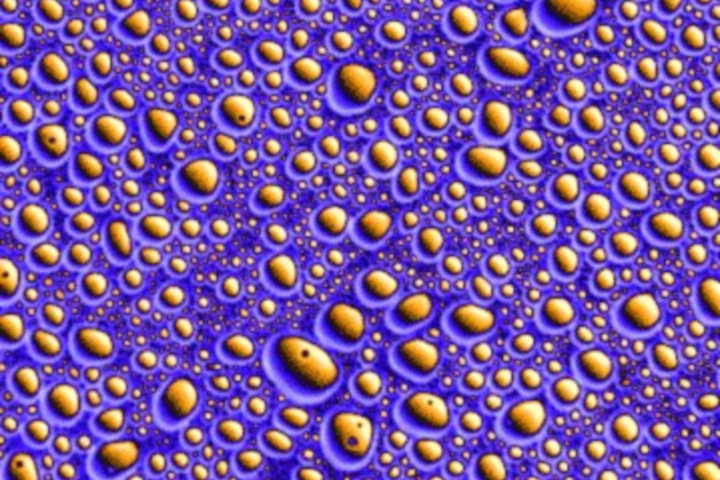Amino Acids
-
By removing certain amino acids from the diets fed to rodents suffering from glioblastoma, researchers found that brain cancer cells began dying. What's more, mice put on the restrictive diets were also more receptive to chemotherapy treatment.
-
A new study suggests natural selection was at work before life itself existed on Earth. By recreating the primordial soup, scientists identified how a cocktail of specific amino acids informed the genetic code of every single lifeform on the planet.
-
Exactly how non-living molecules sparked life is one of the most puzzling mysteries of science. Scientists have now discovered chemical reactions that can produce the building blocks of life out of materials common in early Earth's primordial soup.
-
How life first emerged from non-living matter is one of the most enduring mysteries of science. In a new study, scientists have created self-replicating protocells in the lab, which could represent the “missing link” between chemistry and biology.
-
Scientists have discovered a full, previously-unknown protein inside a meteorite for the first time. Named hemolithin, the new protein contains iron and lithium and may play an important role in seeding life on habitable planets like Earth.
-
Exactly how life sprung out of non-living matter is one of biology’s biggest mysteries. In new research, scientists cooked up a “primordial soup” and found that some of the crucial building blocks of life spontaneously stacked themselves in a surprisingly efficient way.
-
A new study from UCL may have brought us a step closer to understanding how life arose. The team may have solved a long-standing chicken-and-egg riddle related to how different types of peptides and proteins interact to give rise to life.
-
Living cells follow instructions encoded in DNA to construct organisms. It’s long been thought that one DNA sequence would always create the same protein, but now researchers have found the first exception to this “universal rule,” a microbe that chooses between two different translations each time.
-
Evidence is mounting that the building blocks of life were assembled in space and then delivered to Earth after new experiments managed to produce a key amino acid under simulated space conditions. This means we humans, and all other life on the planet, might have actually been aliens all along.
-
Researchers have created the world's first "semi-synthetic" life form by adding two new unnatural bases to the DNA of a strain of bacteria. The breakthrough could lead to the creation of entirely new molecules that have the potential to form the foundation for new medicines.
-
It's no secret that eating protein can fill you up faster than other foods. Researchers have figured out just why that is, and they've identified the specific foods that satisfy hunger the quickest. Their findings could lead to treatments that fight obesity and make us feel fuller while eating less.
-
Researchers at Washington University’s School of Medicine have found a way to deliver a one-two punch to tumors, by inhibiting their primary fuel supply and a secondary “salvage pathway” at the same time. The finding could lead to treatments that kill cancer cells without damaging healthy tissue.
Load More











